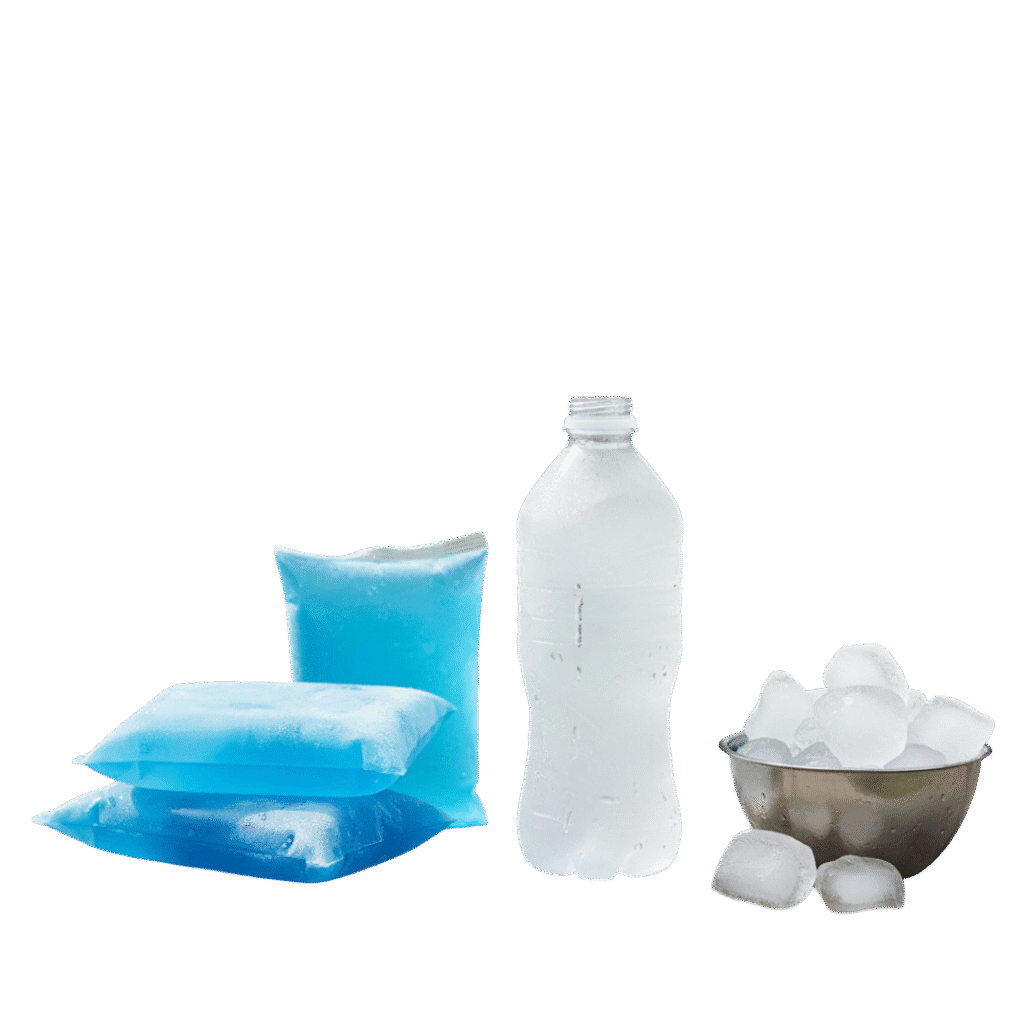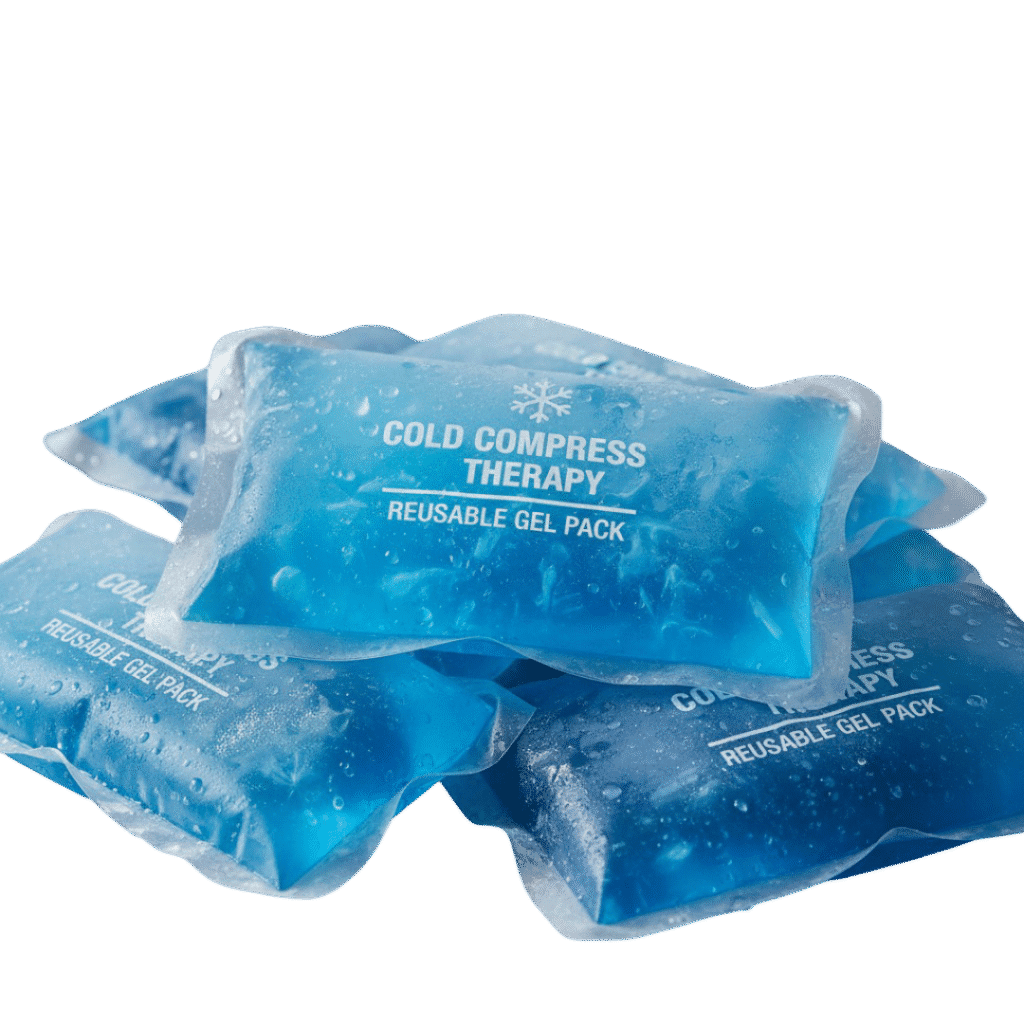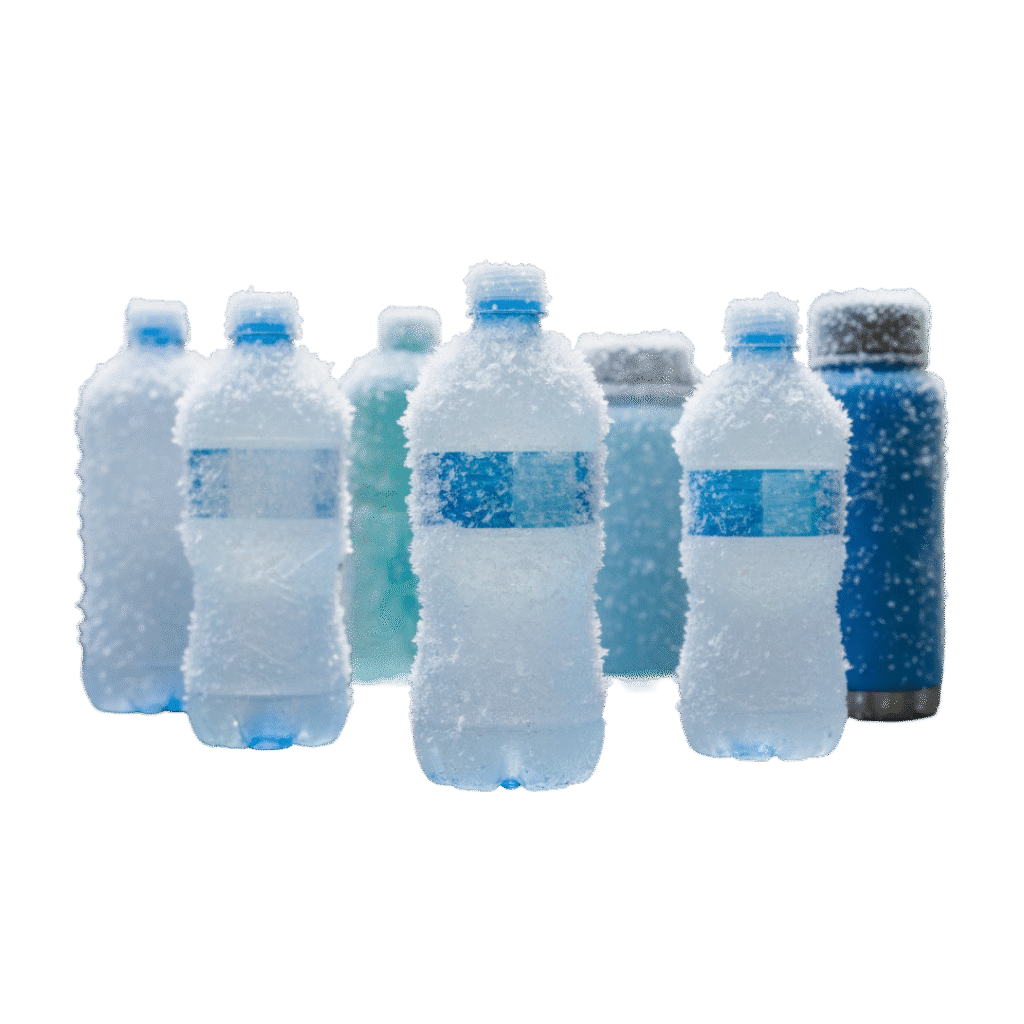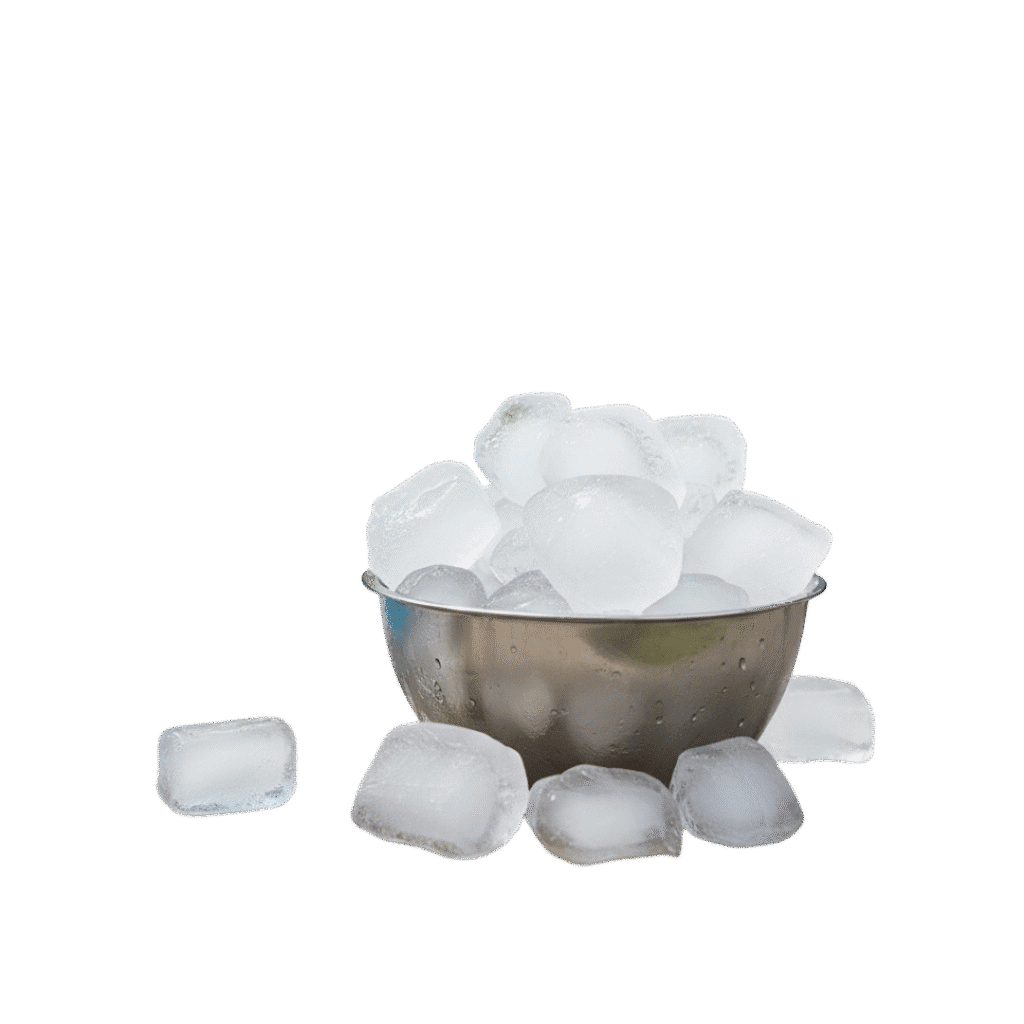When it comes to keeping food and drinks cold during camping, road trips, or picnics, the type of cooling method you choose can make a big difference. Should you use gel ice packs, frozen water bottles, or ice cubes?
Each has its own pros and cons depending on what you’re storing, how long you need it to stay cold, and how often you’ll open the cooler. Let’s break down the science and practicality behind each cooling option to help you make the best choice for keeping perishables cold longer

🧊 1. Gel Ice Packs: The Modern Cooling Solution
How They Work
Gel ice packs are filled with a water-based gel that freezes at a lower temperature than water. This allows them to stay colder for longer and maintain a consistent cooling temperature.
✅ Pros
- Longer lasting cold: The gel retains chill better than plain ice.
- Less mess: No melting water pooling at the bottom of your cooler.
- Reusable: Simply refreeze and use again.
- Even cooling: Maintains steady temperature, ideal for sensitive perishables like dairy, meat, or medication.
❌ Cons
- Higher cost: More expensive upfront than ice.
- Limited flexibility: Can’t fill every gap in the cooler like cubes can.
- Eventually warm up: Once thawed, they don’t re-freeze during use.
⭐ Best For:
Camping trips, long drives, or medical supplies that need steady cold temperatures.

🧊 2. Frozen Water Bottles: The Smart, Eco-Friendly Choice
How They Work
You freeze bottles of water (typically half-full before freezing) and use them as ice blocks inside the cooler. As they melt, you also have cold drinking water ready to go — a double benefit!
✅ Pros
- Dual-purpose: Keeps food cold and provides hydration later.
- Reusable and free: No cost beyond the bottle itself.
- No mess: The ice stays contained as it melts.
- Sustainable: Reduces single-use plastic waste.
❌ Cons
- Less contact area: Bottles don’t wrap around items as efficiently.
- Longer freeze time: Thick bottles take longer to freeze solid.
- Bulky shape: Can take up space awkwardly compared to ice cubes.
⭐ Best For:
Day trips, hiking, and eco-conscious travelers who want cold drinks without soggy food.

🧊 3. Ice Cubes: The Classic Cooling Choice
How They Work
Regular ice cubes are made of frozen water and provide quick cooling due to their large surface area. They melt faster but bring temperatures down rapidly.
✅ Pros
- Fast cooling: Great for quickly chilling drinks or perishables.
- Fills gaps easily: Perfect for maximum cooler coverage.
- Easily available: Can buy or make them anywhere.
❌ Cons
- Melts quickly: Short cooling lifespan, especially outdoors.
- Creates water mess: Meltwater can soak food if not sealed.
- Less reusable: Once melted, they’re gone.
⭐ Best For:
Short outings, picnics, or when you need fast cooling for beverages.

🧊 4. Performance Comparison: Which Lasts the Longest?
Cooling Method | Cold Retention (Hours) | Mess Level | Reusability | Cost | Ideal Use |
Gel Ice Packs | 24–48 hours | None | High | 💲💲 | Long trips, sensitive items |
Frozen Water Bottles | 18–36 hours | None | High | 💲 | Eco-friendly travel |
Ice Cubes | 6–12 hours | High | Low | 💲 | Short-term use, drinks |
🧊 5. Pro Tips to Maximize Cooler Performance
- Pre-chill your cooler before adding contents.
- Layer cold sources (bottom: gel packs, middle: perishables, top: ice cubes).
- Minimize air gaps for better temperature retention.
- Keep cooler out of direct sunlight.
- Don’t drain meltwater too soon — it helps keep the temperature stable.
🧊 6. The Verdict: Best Choice for Keeping Perishables Cold
If your goal is maximum cold retention with minimal mess, gel ice packs are the clear winner. They maintain a steady temperature, are reusable, and ideal for longer trips.
However:
- Frozen water bottles offer the best balance between cooling, convenience, and sustainability.
- Ice cubes are perfect for short trips or when you need rapid cooling.
Final Ranking for Overall Efficiency:
- 🥇 Gel Ice Packs – Best for long duration and cleanliness.
- 🥈 Frozen Water Bottles – Best eco-friendly and dual-use option.
- 🥉 Ice Cubes – Best for short-term and fast cooling.